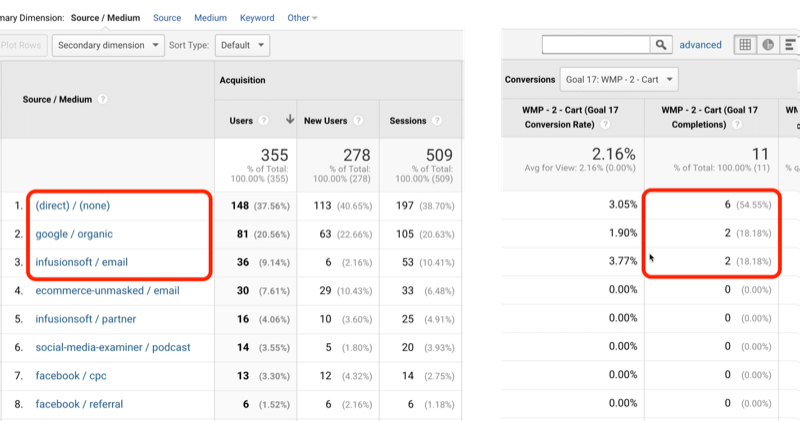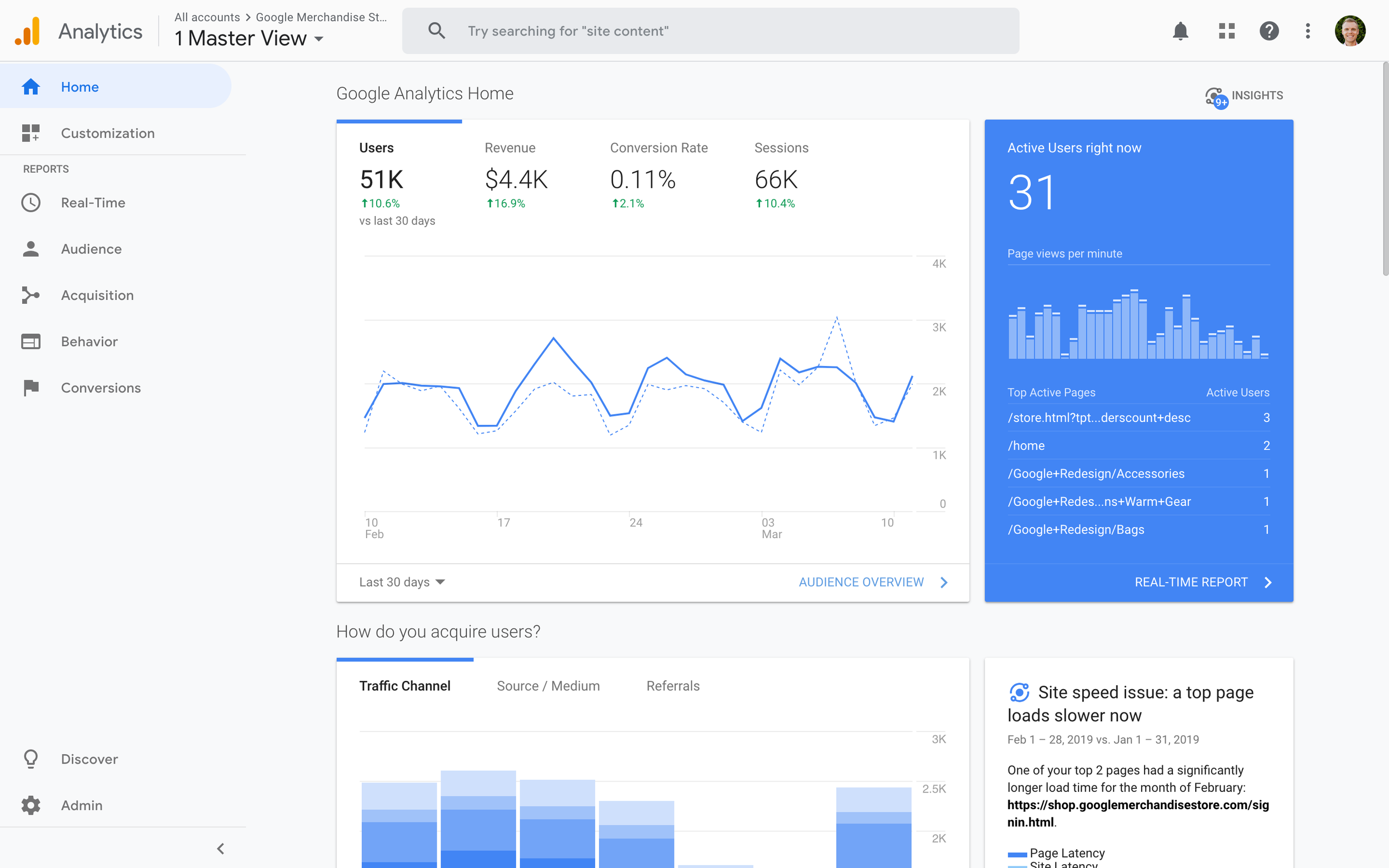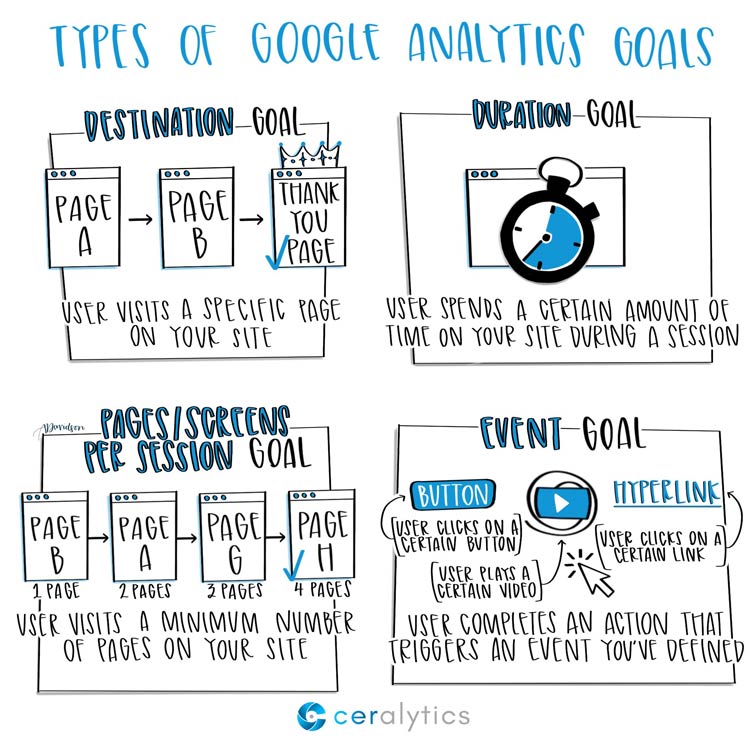Revealing the Blind Destinations: Recognizing What Google Analytics Goals Can not Measure
In the world of electronic analytics, Google Analytics stands as a powerful device for tracking and analyzing on-line customer interactions. Understanding what Google Analytics objectives can not determine is essential for obtaining a detailed sight of user behavior and involvement.
User Actions on External Platforms
Understanding how individuals interact on outside platforms is vital for enhancing on the internet approaches. Outside platforms, such as social networks networks, reference web sites, and online discussion forums, play a significant function in driving website traffic to a company's internet site. By examining user habits on these systems, companies can get important understandings right into the effectiveness of their advertising initiatives and the preferences of their target market.
One trick facet of user habits on exterior systems is the referral source. By tracking where the users are coming from, organizations can identify which platforms are driving one of the most traffic to their website. This details can help business designate their sources better, concentrating on the systems that generate the finest outcomes.

Offline Interactions and conversions
Examining individual behavior on outside platforms gives important insights right into on-line techniques; however, thinking about offline conversions and interactions is just as crucial for a thorough understanding of a firm's overall efficiency. Offline conversions, such as in-store purchases or phone questions, play a considerable duty in many companies' success.

Attribution Beyond Last Click
When delving into the world of electronic advertising and marketing analytics, it becomes vital to look past the solitary touchpoint of the last click for a more extensive understanding of attribution. While Google Analytics supplies important understandings into individual behavior, depending exclusively on last-click attribution can be restricting - what data is google analytics goals unable to track. Acknowledgment versions that exceed the last click provide a more nuanced view of the consumer journey, taking into consideration all the touchpoints that bring about a conversion
Attribution past the last click allows marketing experts to appoint credit score to numerous communications along the conversion path, giving a more clear photo of the efficiency of different marketing networks. By checking out multi-touch attribution versions such as direct, time decay, or position-based attribution, businesses can much better assign their marketing spending plans and maximize their strategies for optimal effect.
Understanding the impact of each touchpoint in the conversion procedure is essential for making informed choices and optimizing ROI. By welcoming attribution past the last click, services pop over to this web-site can acquire much deeper insights right into consumer habits and tailor their advertising and marketing efforts extra successfully.
Cross-Device and Cross-Browser Tracking

Similarly, cross-browser tracking matches cross-device monitoring by recording customer habits as they switch over in between various web browsers. Understanding exactly how individuals engage with websites on different web browsers can assist marketing experts like this maximize their on-line experiences to ensure consistency and performance throughout various platforms.
Qualitative Data and Individual Intent
Comprehending individual intent with qualitative information evaluation is vital for creating targeted digital marketing techniques that resonate with the needs and preferences of the target audience. Qualitative data provides understandings right into the 'why' behind individual actions, dropping light on motivations, feelings, and preferences that quantitative information alone can not record. By assessing customer comments, comments, and interactions, marketers can uncover valuable details regarding user intent, allowing them to customize their messaging, material, and offerings to better align with what their target market is looking for.
Qualitative data additionally assists in understanding the context in which customers involve with an internet site or application. This contextual understanding enables marketing professionals to develop more relevant and customized experiences, ultimately driving greater interaction and conversion rates. By diving into customer intent with qualitative data evaluation, services can acquire a much deeper understanding of their target market, leading to extra efficient marketing methods that meet customers' view needs and assumptions.
Final Thought
Finally, Google Analytics objectives have limitations in determining customer behavior on outside platforms, offline conversions, acknowledgment beyond last click, cross-browser and cross-device tracking, and qualitative information connected to user intent. what data is google analytics goals unable to track. It is very important for companies to be conscious of these unseen areas in order to supplement their information evaluation with other tools and techniques to obtain a more detailed understanding of their target market and improve their total electronic marketing methods
By assessing user habits on these systems, organizations can acquire beneficial understandings right into the effectiveness of their advertising initiatives and the choices of their target audience.
Assessing customer behavior on external platforms provides valuable insights into on the internet techniques; however, taking into consideration offline conversions and communications is equally critical for a comprehensive understanding of a company's overall performance.In digital advertising analytics, relocating beyond last-click attribution to check out cross-device and cross-browser tracking is vital for getting an alternative understanding of individual communications throughout different platforms and devices. By evaluating user feedback, remarks, and communications, marketing professionals can reveal useful info regarding user intent, allowing them to customize their messaging, material, and offerings to better align with what their target market is looking for.
By delving into customer intent via qualitative information analysis, businesses can obtain a much deeper understanding of their target audience, leading to extra reliable advertising techniques that meet customers' expectations and needs.